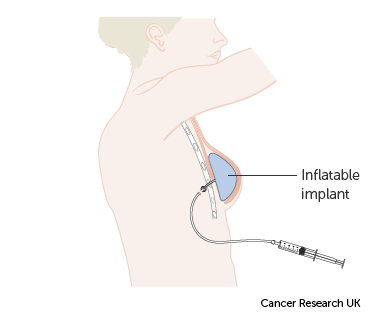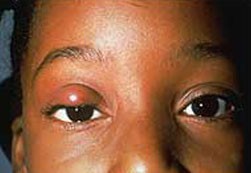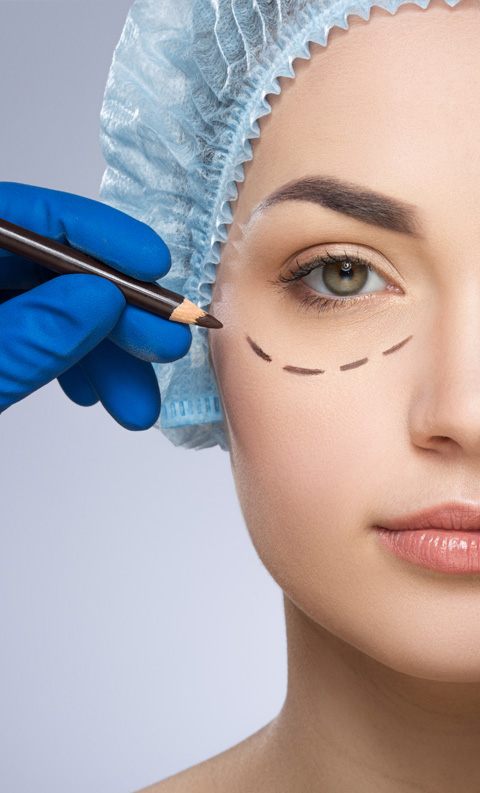
Consider these things when choosing a surgeon to perform a fat transfer to the face procedure. The details of the procedure should be clarified, including who will perform it, how painful it is, and how long it takes to heal. You should also ask the doctor how they rate with previous patients. Success ultimately depends on the skill and experience of the surgeon. For now, you can read this article to learn how to find a great surgeon.
Requirements for candidates
The requirements for fat transfer to your face vary depending on the procedure. Candidates must be in general good health, and should not have any chronic diseases. This procedure is not available to patients who smoke. To avoid complications and get good results, you must quit smoking. If you are considering this procedure, be sure to understand all of the possible risks and benefits before booking your consultation.
The procedure requires that candidates are healthy and have no underlying health issues. Patients must be young and realistic. Dr. Gardner will discuss your concerns and explain the benefits of fat transfer on the face. You can also expect to be slightly bloated or lose some skin volume.

Time to recover
While fat transfer to facial procedures take a little longer to heal, most patients will be able to return to work within seven days. The area will heal slowly and the swelling will diminish until the final results become apparent. Although the recovery time is quite short, it's important to allow enough time to ensure that the process goes smoothly. Patients should start to see the final results after six months.
There are usually no visible scarring after the procedure. The fat is taken from the donor's site by a thin tube called cannula. The fat is then removed from the donor site using a thin tube called a cannula. In some cases, plastic surgeons use a centrifuge to process it. The fat is then injected through a canula. This is repeated until it reaches the desired area. Continue this process until you have the right amount of fat.
Pain level
There might be some swelling or bruising after fat transfer. You can reduce swelling by applying ice to the area within the first few hours following the procedure. Swelling and bruising will continue to increase for about two weeks after the procedure, but most patients are ready to go out to eat and socialize in less than a week. Patients are advised to restrain their strenuous activities for the first two weeks in order to allow the fat to settle. The recovery time is fast and there is minimal pain during fat transfer to the face. To ease discomfort, a physician may recommend pain medication.
The procedure is not painful and there are no serious risks. There is also no chance of infection. Patients are generally satisfied with the results. Most people will not need to take prescription pain medication after the procedure. There may be some swelling and patients need to rest for a while. However, this is not as painful as a facelift. It is necessary to stay off work for several days after the procedure in order to allow the skin to heal.

Cost
The average cost of a fat transfer to face procedure varies widely depending on location, type of anesthesia and number of facial areas treated. An office surgery will typically cost less than one that is performed in a hospital. It is possible for the cost to vary depending on how well you sleep during the procedure. These ranges are most common for patients. Below are some factors that influence the cost of fat transfer to the face.
Many fat transfer candidates to face are healthy individuals looking to correct unflattering skin wrinkles. A candidate who is a good candidate must have healthy skin, sufficient fat in the donor region (typically the lower abdomen or the thighs). Patients should have realistic expectations for the outcome. It is important to select a fat transfer procedure to your liking. Consultation is recommended before you proceed with the surgery. There are many factors that should be taken into consideration before the procedure.